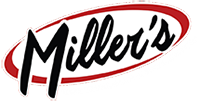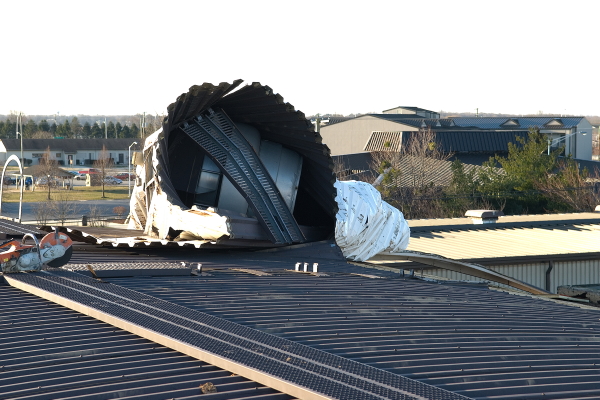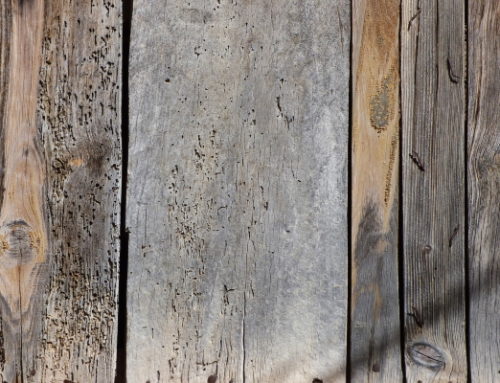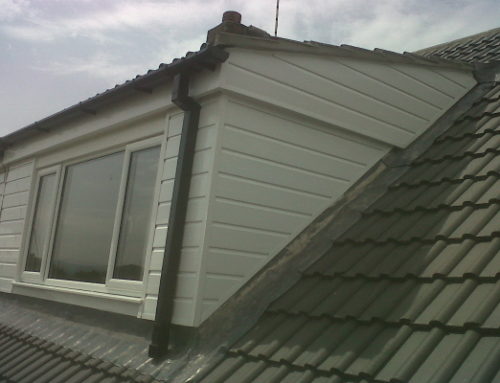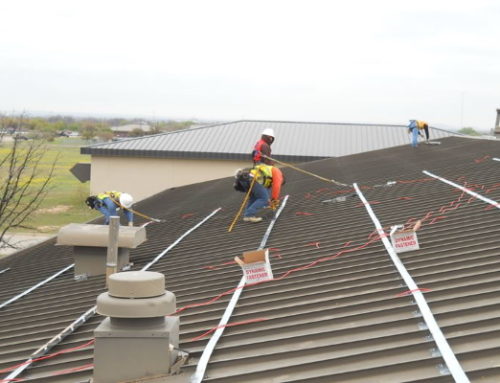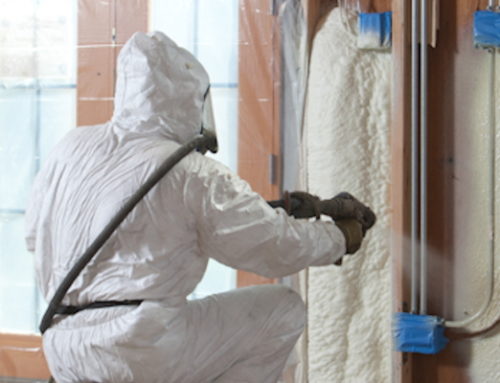Metal roofing is one of the most durable roofing materials for Clinton Township MI residential and commercial properties. However, they’re not invincible and infallible. They have their respective shortcomings such as corroding under prolonged moisture exposure and without protective coatings. When it comes to metal roofs, metal roof repair isn’t as easy as the one-time investment you’ll make in purchasing them.
However, it doesn’t mean you cannot do anything to save or prolong the lifespan of a leaking metal roof. In fact, you can perform the repairs on your own if you have the right set of equipment and knowledge in performing the repair procedure. Central Roofing Solutions has an excellent post on how to repair leaking metal roofs — learn more below.
How to Perform Metal Roof Repair Effectively
Tools You’ll Need
Before you begin, you’re going to need the right tools to help you with the job. Here is a list.
Extension ladder
Nail bar and hammer
Aluminum screw nails, 1 1/2-inch (measure your nails first)
Cordless drill with screw-tip attachment
Galvanized-steel screws, 1-inch (measure your nails first)
Wire brush
Urethane roof cement
Plastic putty knife
Metal-roofing base coat
Paintbrush
Glass-membrane fabric roof patch
Fabric shears
You can carry the small tools and free your hands using a tool belt. It would save you time and strength by having them all in a single, accessible area. To know how to fix a leaking metal roof, you need to cover these basic equipment.
Navigate Carefully
Use the extension ladder to access your roof. Make sure to tread lightly. Do not step between the rows of nails and instead step on the nail rows. This will prevent any bend damage to their metal panels.
Before heading up the ladder, inspect your boots and clear them of any dust, rocks, and other abrasives that can damage the metal roof. To navigate efficiently on your roof, identify areas of the panels that rest on the underlying decking or battens of your roof. These will support the metal material and prevent any bending that cause further damage. (Continued)
In some cases, you will need to replace whole panels as part of your metal roof repair procedure. This means removing metal roofing fasteners effectively and replacing them with a new batch. While it sounds simple as using a screwdriver to secure the metal roof panels in place, it is a little bit more involved. There are different types of screws available on the market.
Additionally, screwing a metal roof too tightly will hamper your metal roof repair efforts. It requires a level of understanding to provide allowances when installing metal roofs and replacing its fasteners. Metal Roofing Source has a great step-by-step process on the proper way to replace metal roof screws and fasteners.
Metal Roof Repair: Installing Metal Roofing Screws
This is important as placing a screw in the top of the rib will prohibit a good seal. If placed in the top of the rib, the screw may also potentially tilt, thus stretching the screw hole. When this hole stretches and gets bigger than the washer, the seal is then broken. Consequently, Absolute Steel restricts the use of aluminum exposed fastened panels to a length of 16’. And, 40’ in length for limit steel exposed fastened panels. Finally, placing the screw in the top of the rib provides a higher risk of the screw pulling out when there are high winds, and this strategic placement will result in a stiff and not loose diaphragm. More important however, this location of the metal roof offers solid wood just below the panel, making it easier to securely fasten the screws in place.(Continued)
Lastly, you can prevent metal roof repair and additional expenses by maintaining your metal roof regularly. Careful inspection leads to efficient metal roofing maintenance. If you can identify and nip the problem in the bud, you won’t have much problem when it comes to improving the lifespan and durability of your metal roofing material.
To perform an efficient inspection, you’ll need a checklist to help you through the process and keep you safe. Safe At Home Inspections has a great guide that helps you get through an inspection effectively.
Metal Roof Repair: Inspections and Ensuring Personal Safety in Doing So
Metal roofs are thinner than other roofing materials and prone to getting bent or even punctured when you walk or stand on them. Not only that, but foot traffic can cause low spots and water ponding on near eave and at panel endlaps which will encourage leakage. Also, each one of those dings and dents, even minor ones add up and alter the beauty of the roof.
So, if someone must walk on the roof (such as yourself, inspectors, service providers, etc.) make sure they know to walk on the flat part of the panels for exposed fastener and standing seam systems, using the joists or purlins for support. The fancier architectural styles of metal roofing will need to be evaluated on a case-by-case basis. Now for a safety warming. Metal roofs, every one of them, are dangerous. The metal is slick under dry conditions. When wet, frosted, icy, or snow-covered, trying to walk them is likely to be followed by a trip to the emergency room. The general rule of thumb is to stay off it entirely, if possible.(Continued)
Remember, metal roof repair isn’t the only solution to improving your roof’s performance and durability. While a simple repair will answer many problems in the middle of a storm, it isn’t a long-term solution that only professional roofers in Clinton Township MI can provide. If you’ve yet to find a reliable roofer, you can count on Miller’s Home Improvement for your roof repair needs. Contact us today!
